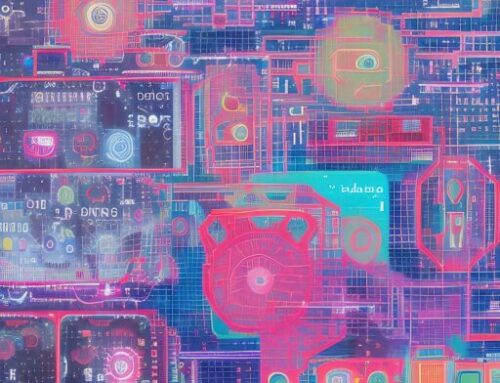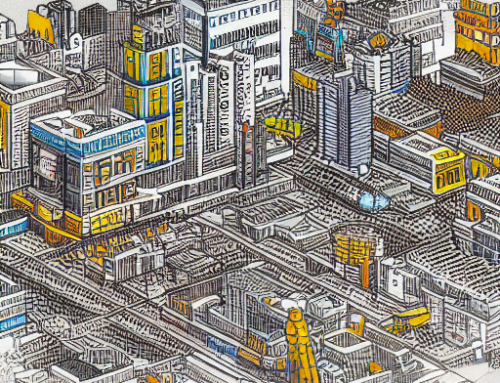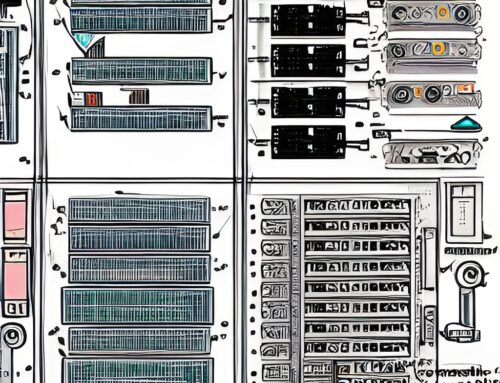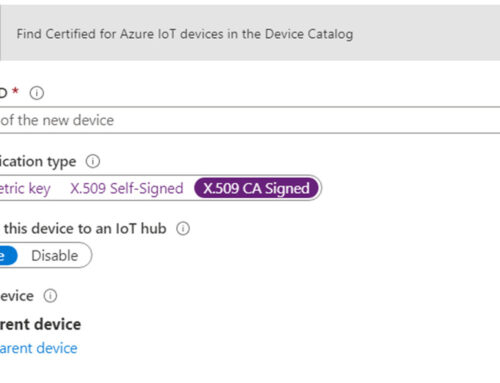Convergence is a term that is often used in the tech world, but what does it actually mean? In short, it is the coming together of different technology platforms to create new and innovative solutions. This could be something as simple as using a smartphone to control your home’s heating and lighting or using AI-powered voice assistants to book meeting rooms.
In the realm of smart spaces, convergence is leading to the development of more sophisticated and intelligent solutions for managing buildings and facilities. This includes everything from improved fault detection and preventive maintenance to more modernized approaches to space utilization, safety, and security. Let’s take a closer look at some of the ways convergence is transforming smart spaces.
Fault Detection and Preventive Maintenance
One of the most important aspects of managing a facility is ensuring that all equipment is in good working order. This can be a challenge, particularly in larger buildings with a lot of different moving parts. However, convergence is helping to make it easier than ever before to detect faults and carry out preventive maintenance.
Intelligent sensors are being used to monitor equipment for signs of wear and tear or other potential problems. This data can then be analyzed by AI-powered software, which can identify patterns and predict when faults are likely to occur. This information can be used to carry out preventive maintenance before problems arise, minimizing disruptions and ensuring that equipment remains in good working order.
Space Utilization, Safety, and Security
Another area where convergence has a big impact is how we manage our use of space. Smart spaces are becoming increasingly common, and these spaces need to be managed in an efficient and effective way. That’s where solutions like occupancy sensors come in.
Occupancy sensors are used to track how space is being used in real time so that facility managers can gain insights into how space could be better utilized. For example, if a particular room or area is rarely used, it may make sense to repurpose it or make it available for booking by outside organizations. On the other hand, if an area is always full, it may indicate that more space is needed or that the layout needs to be optimized.
In addition to managing our use of space, convergence is also helping us to keep our spaces secure. Modern security systems make use of a variety of technologies, including CCTV, access control, and intruder detection. By integrating these systems, we can create more comprehensive security solutions that are better able to protect our facilities and occupants.
Conclusion:
Convergence is leading to the development of more sophisticated solutions for managing smart spaces. This includes everything from improved fault detection and preventive maintenance to more modernized approaches to space utilization and security. As convergence continues to evolve, we can expect even more innovative solutions for managing our buildings and facilities.




